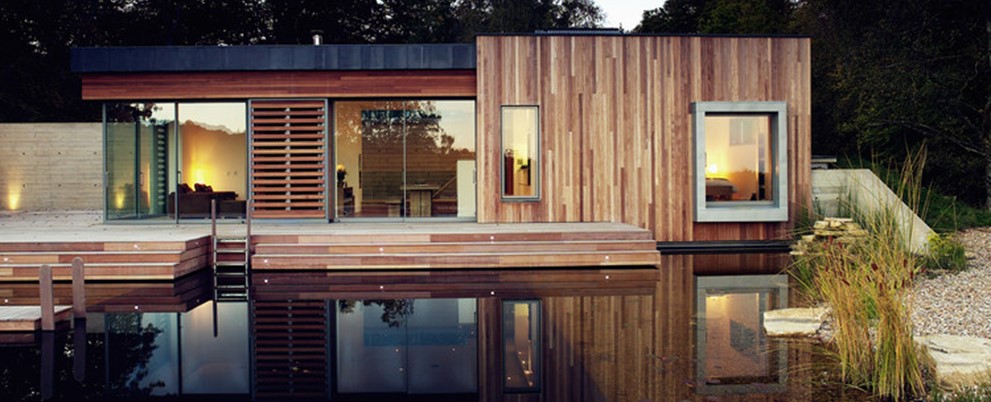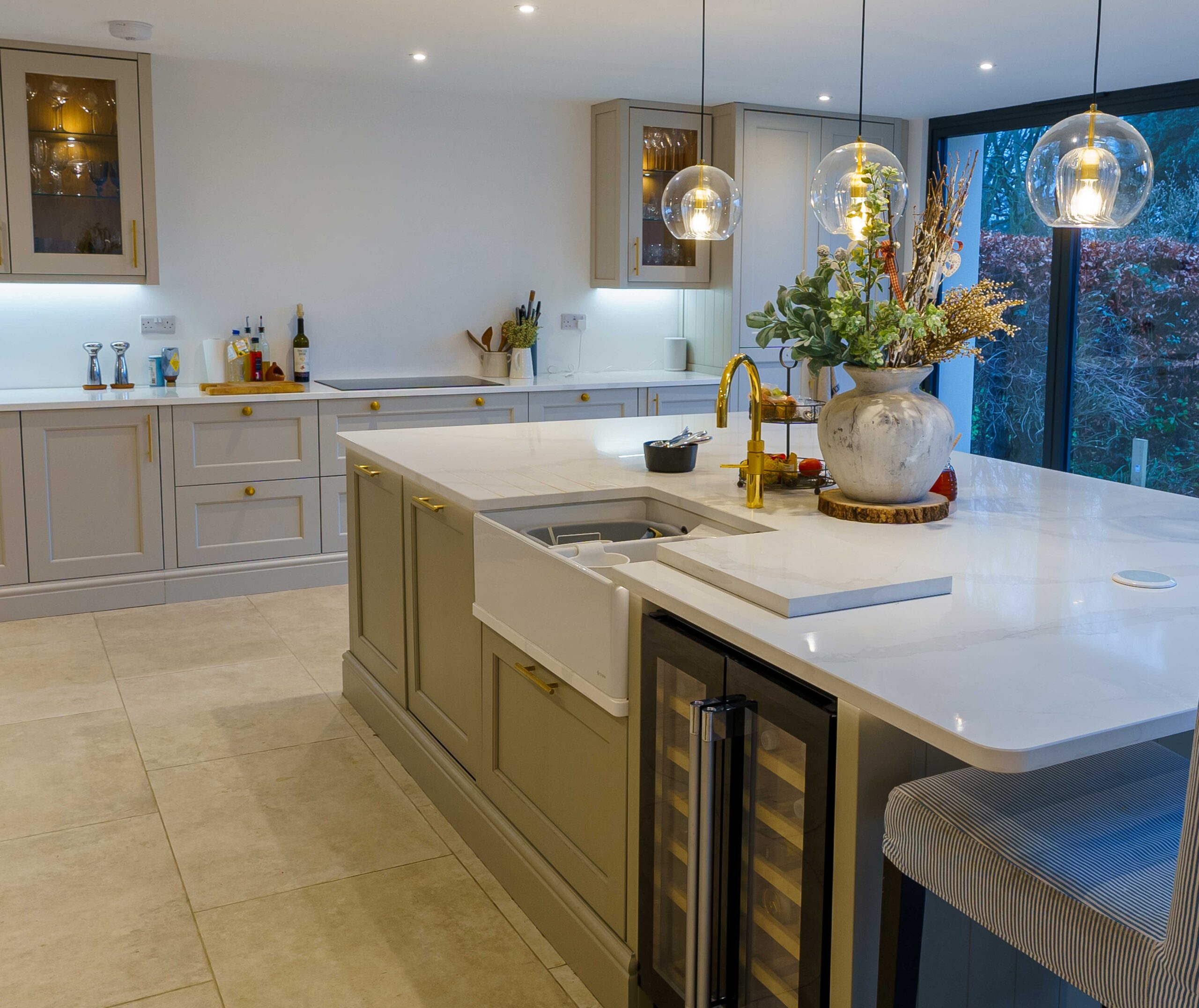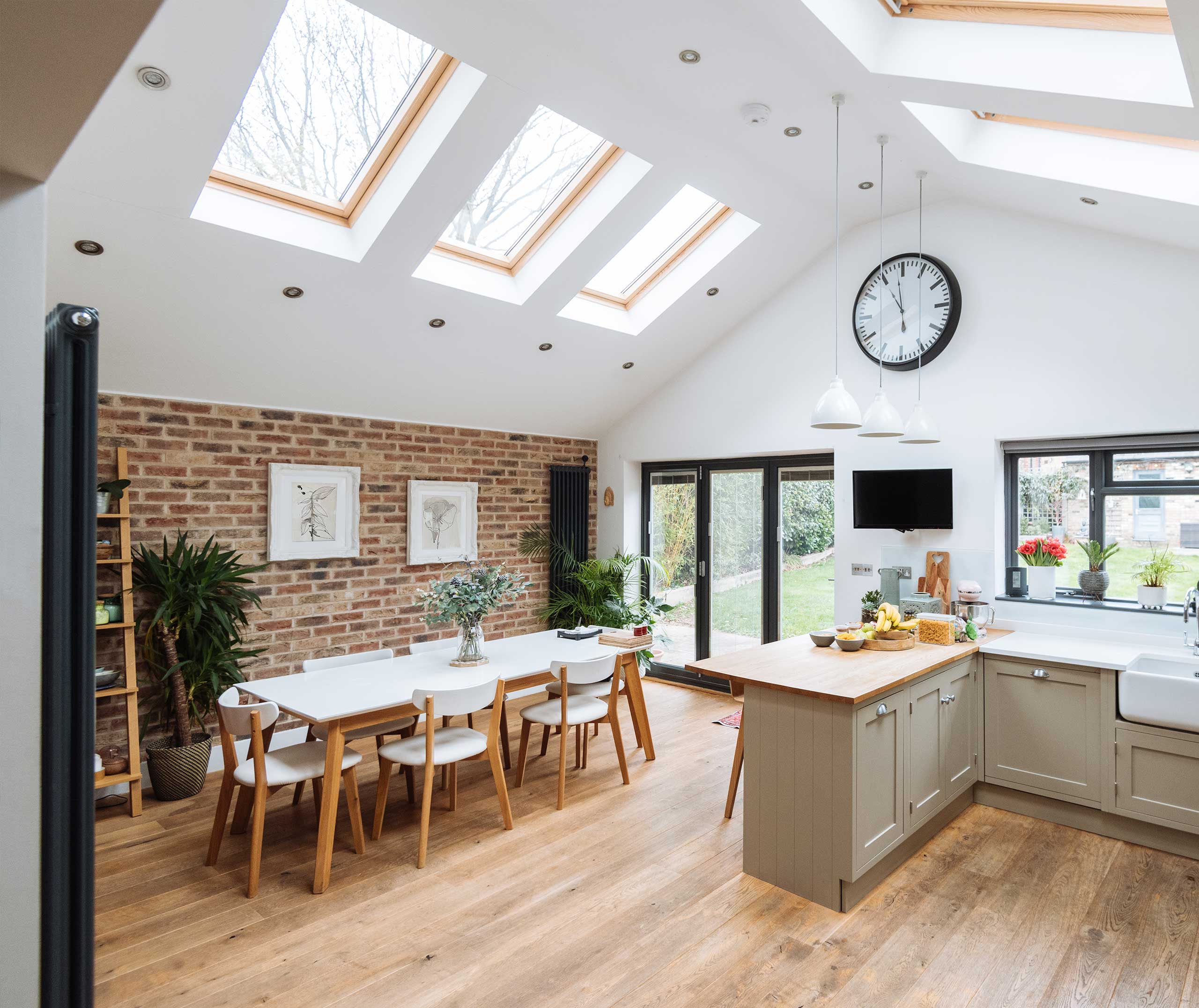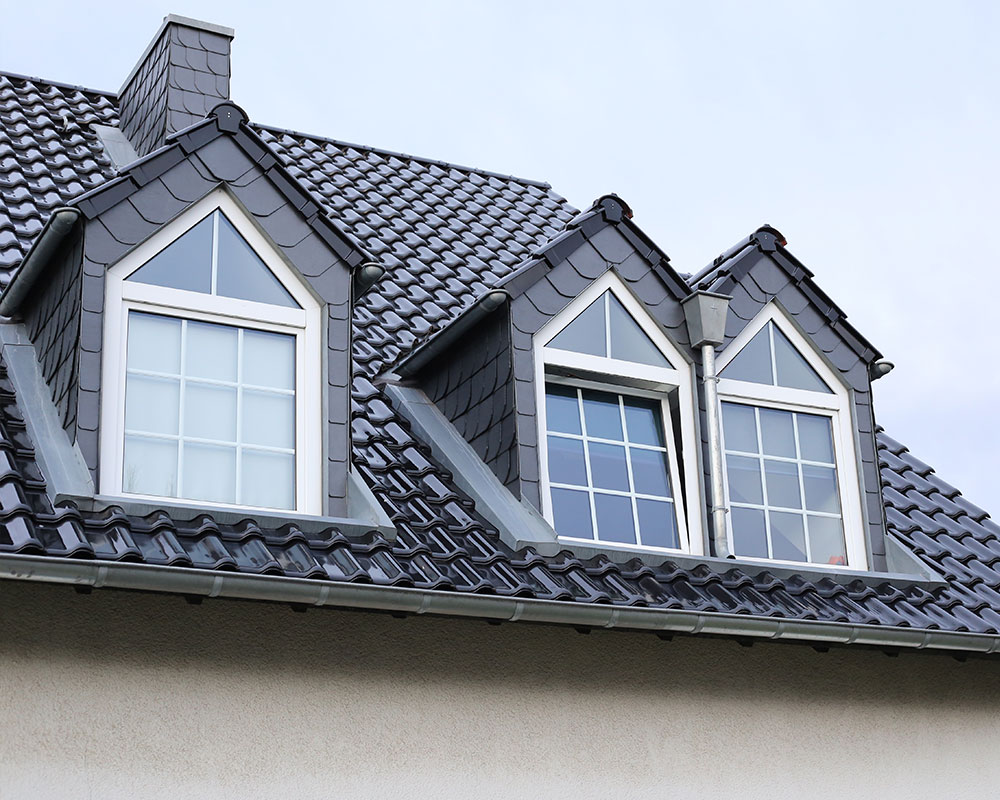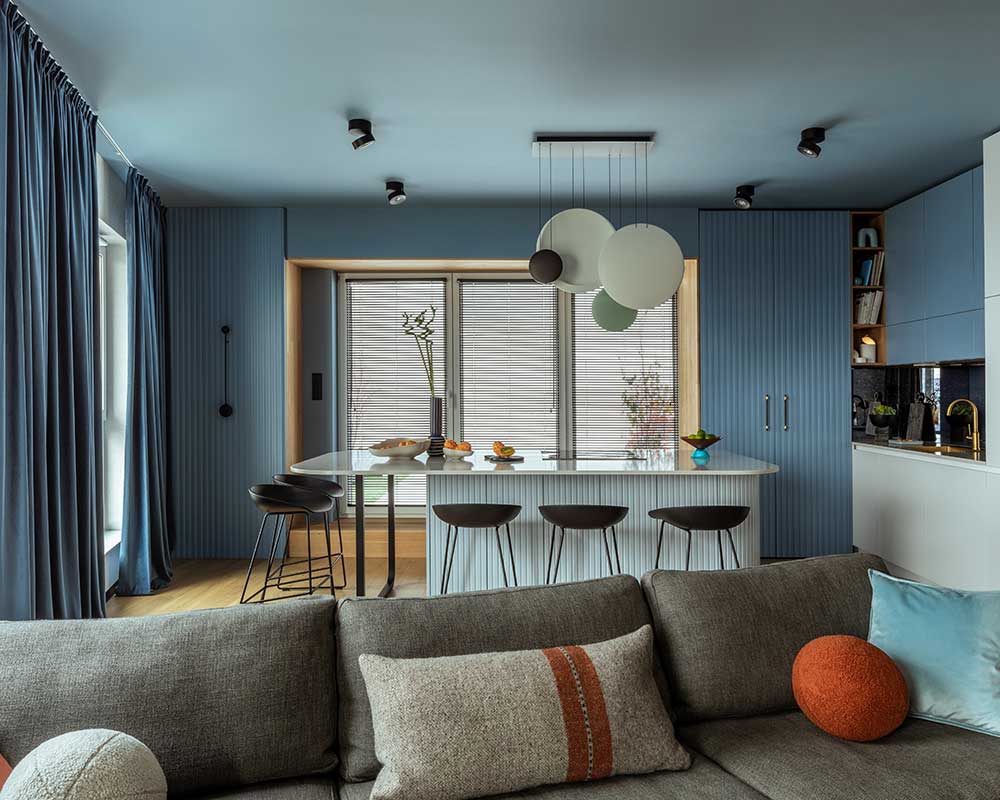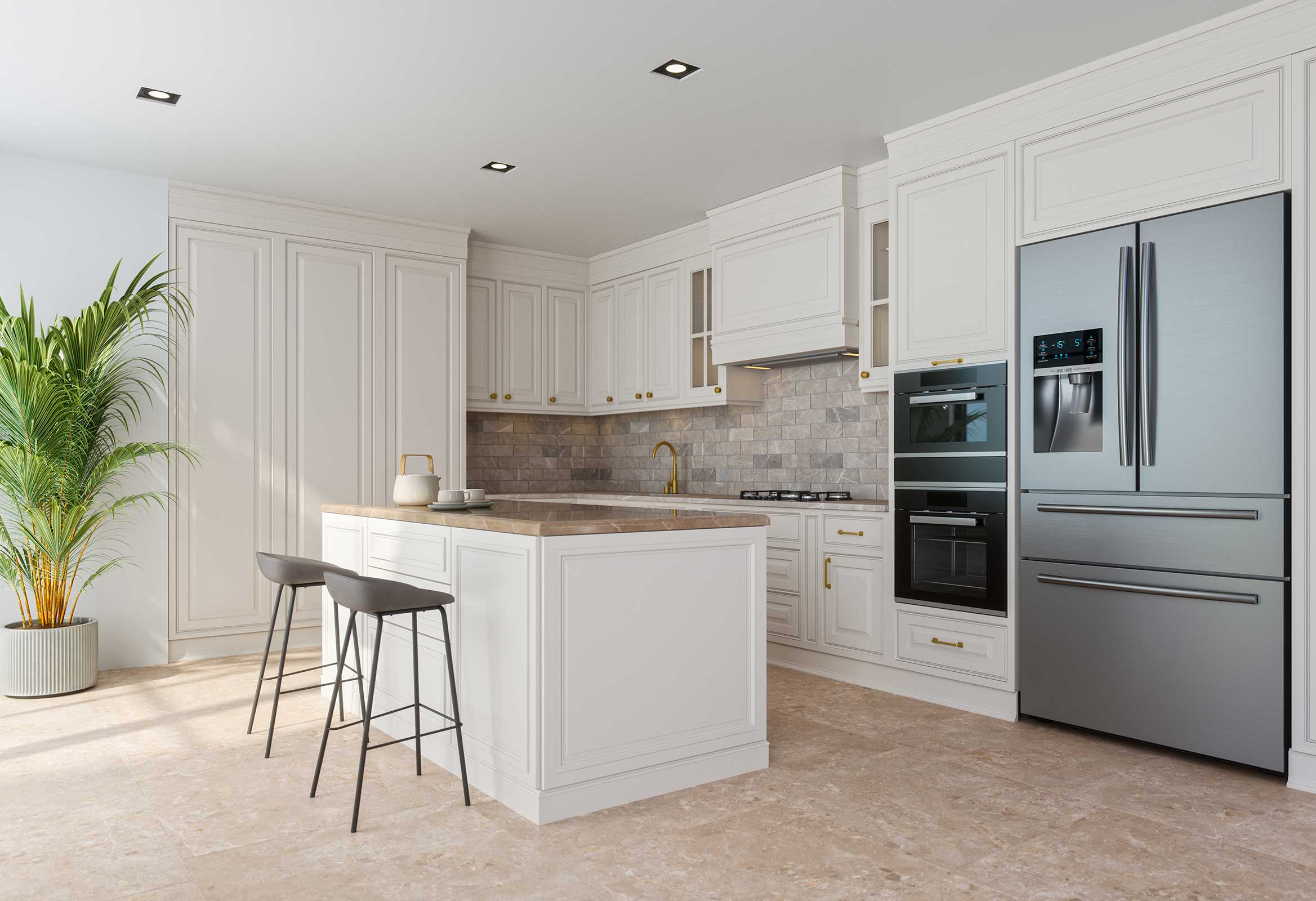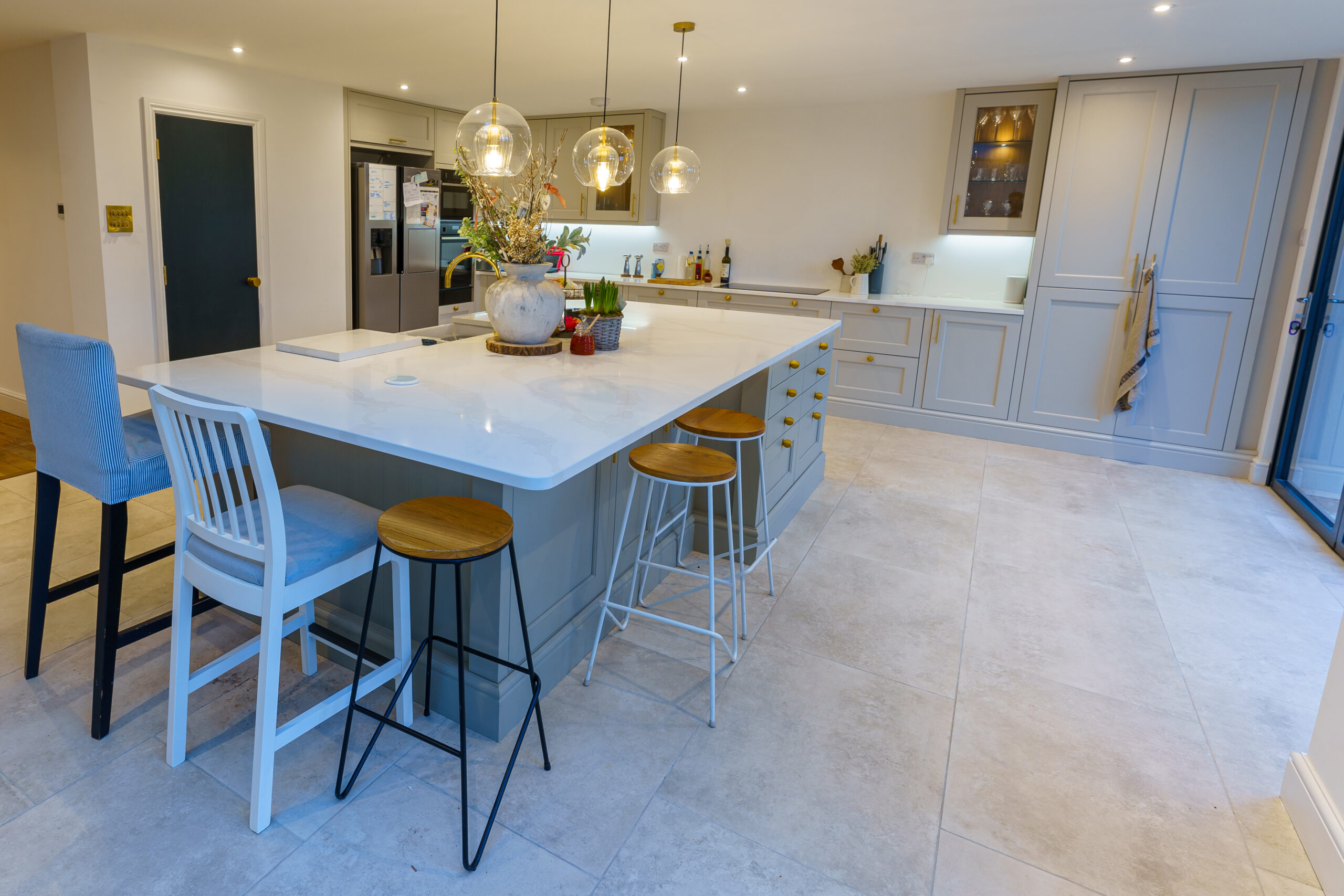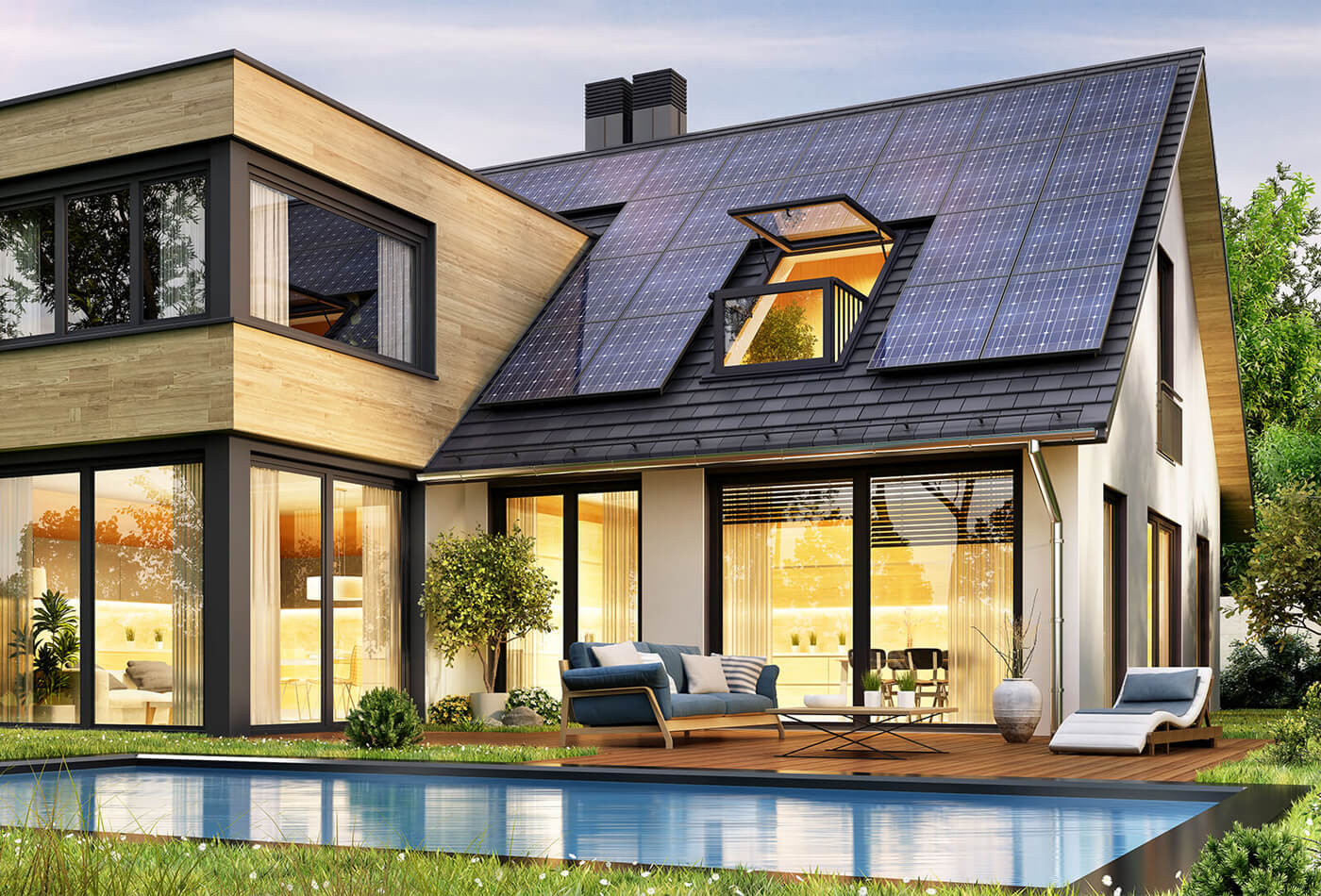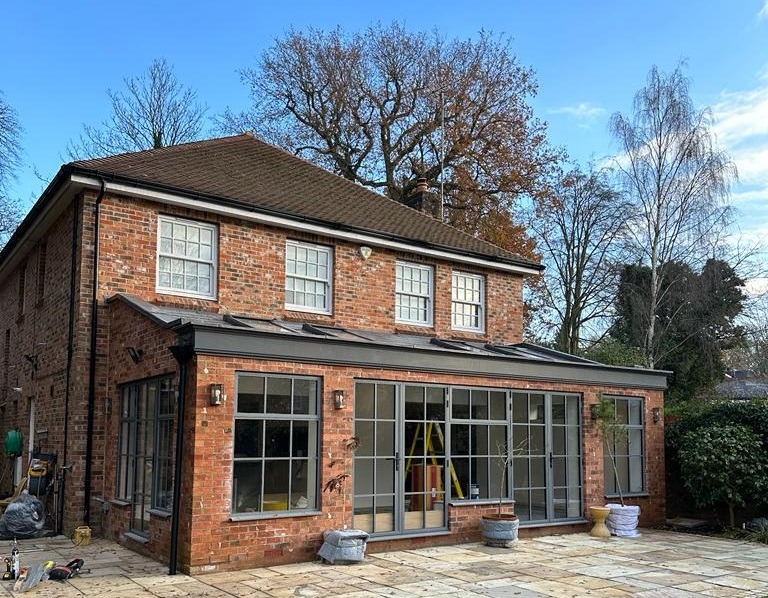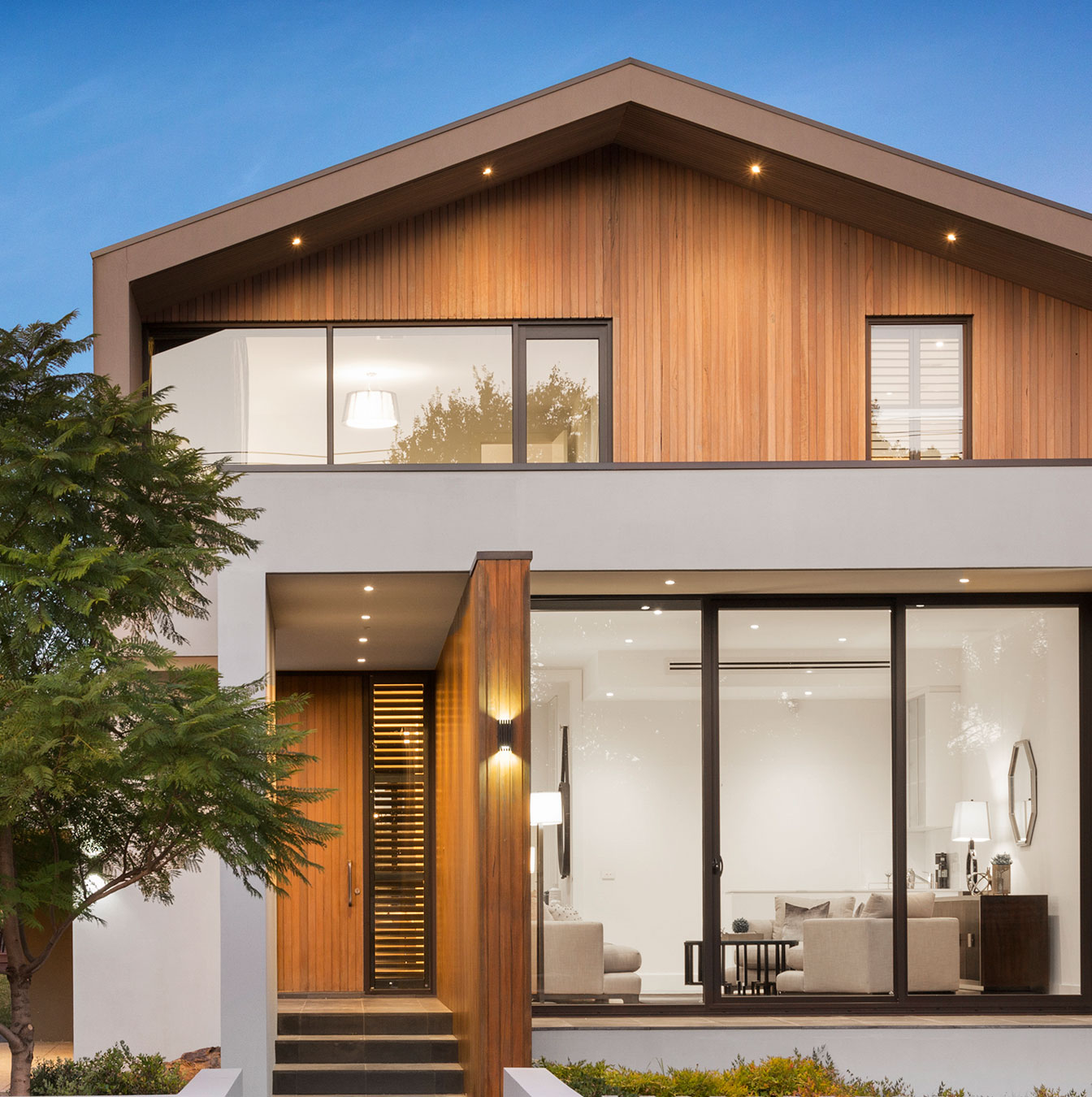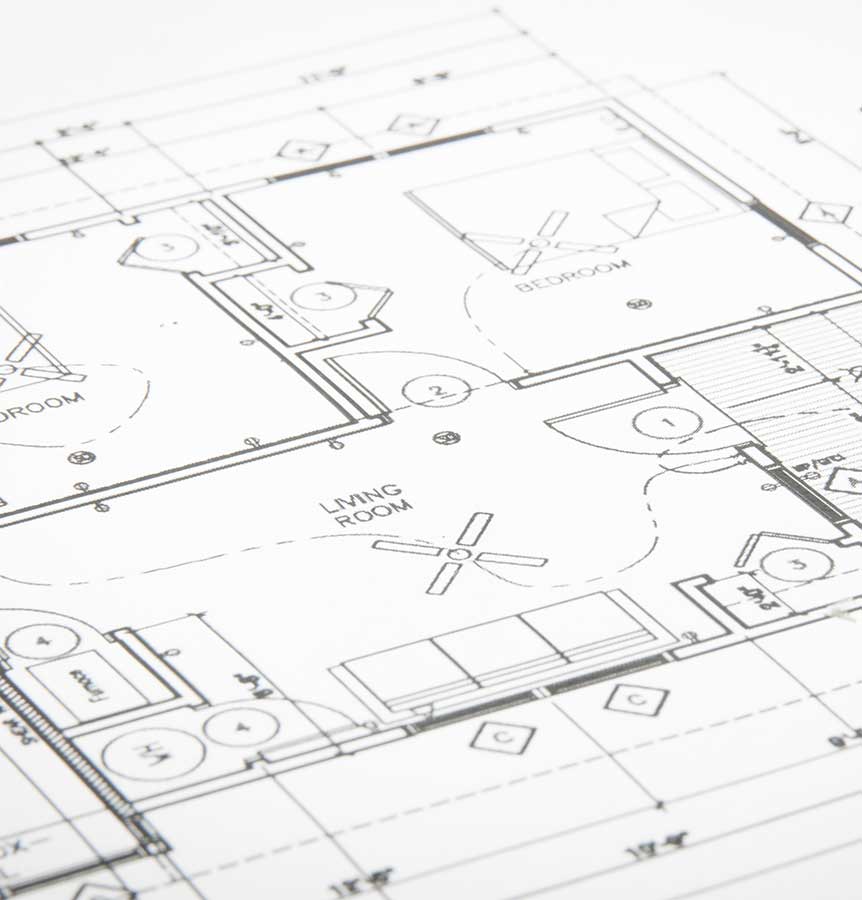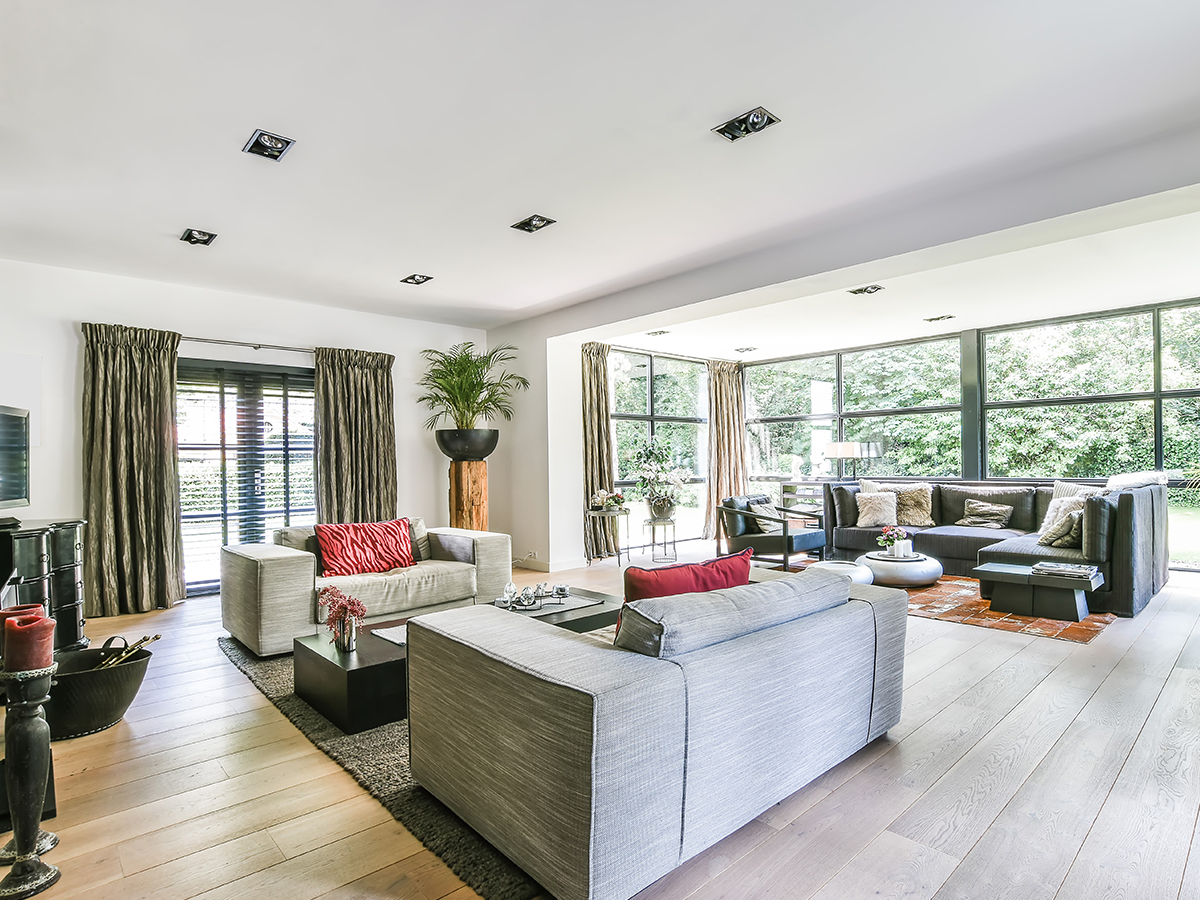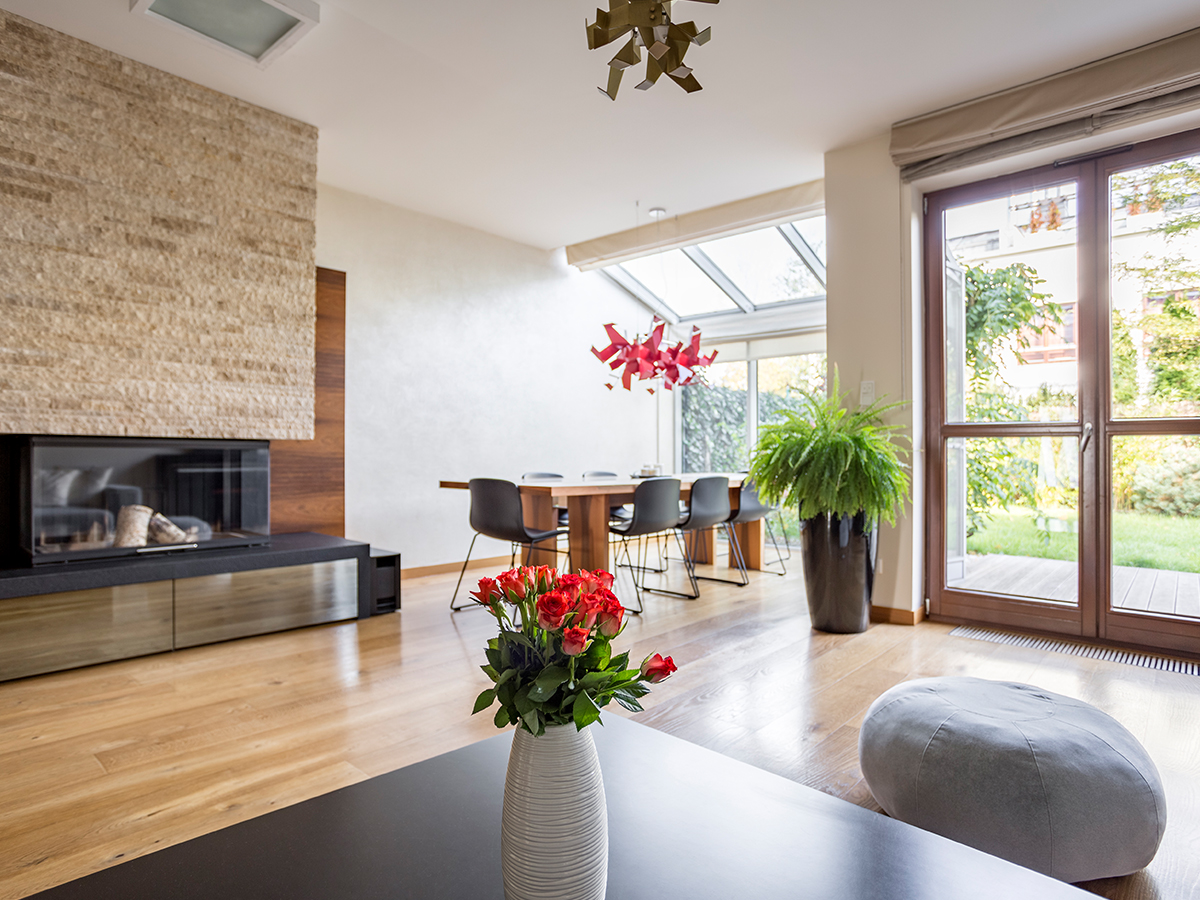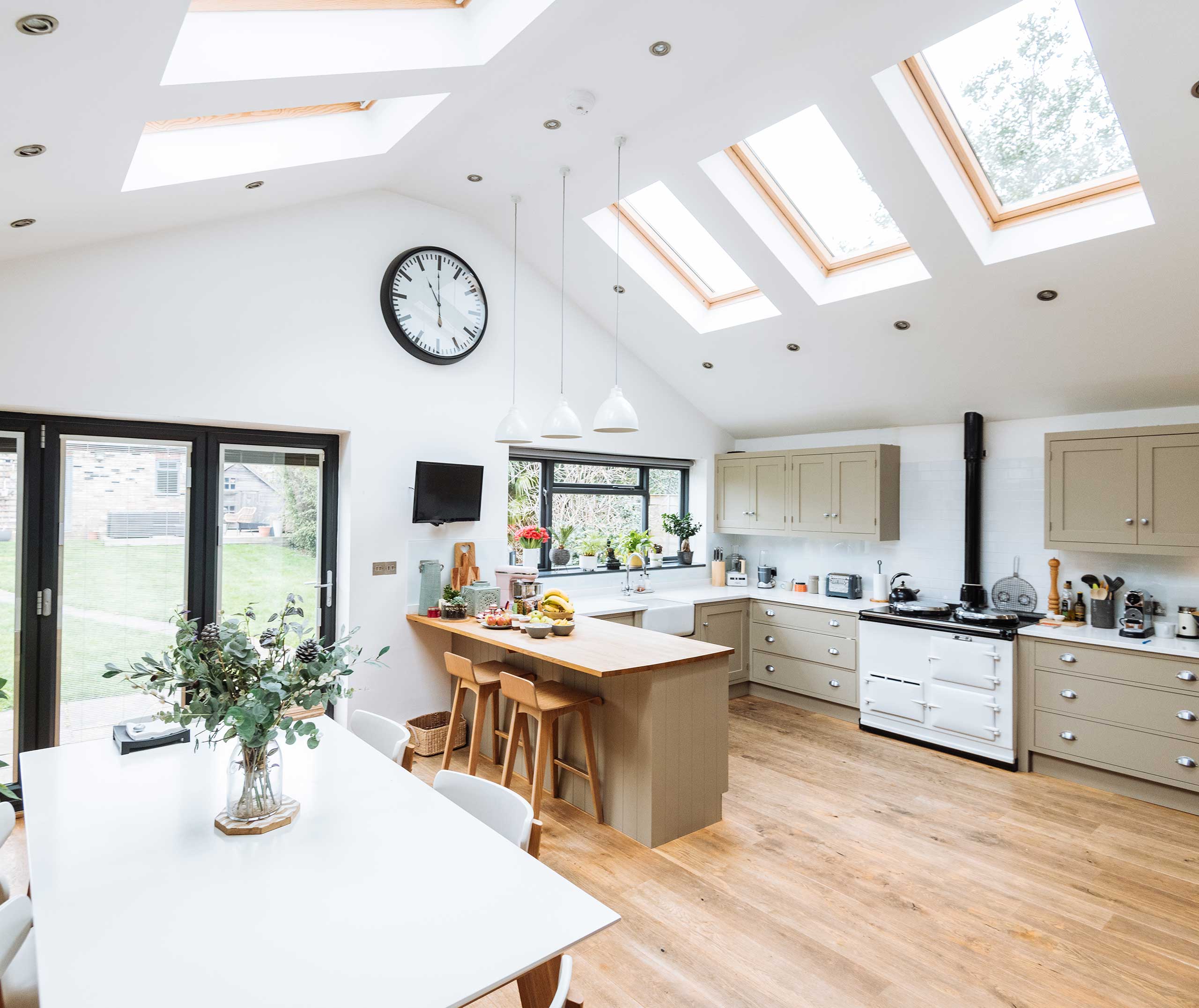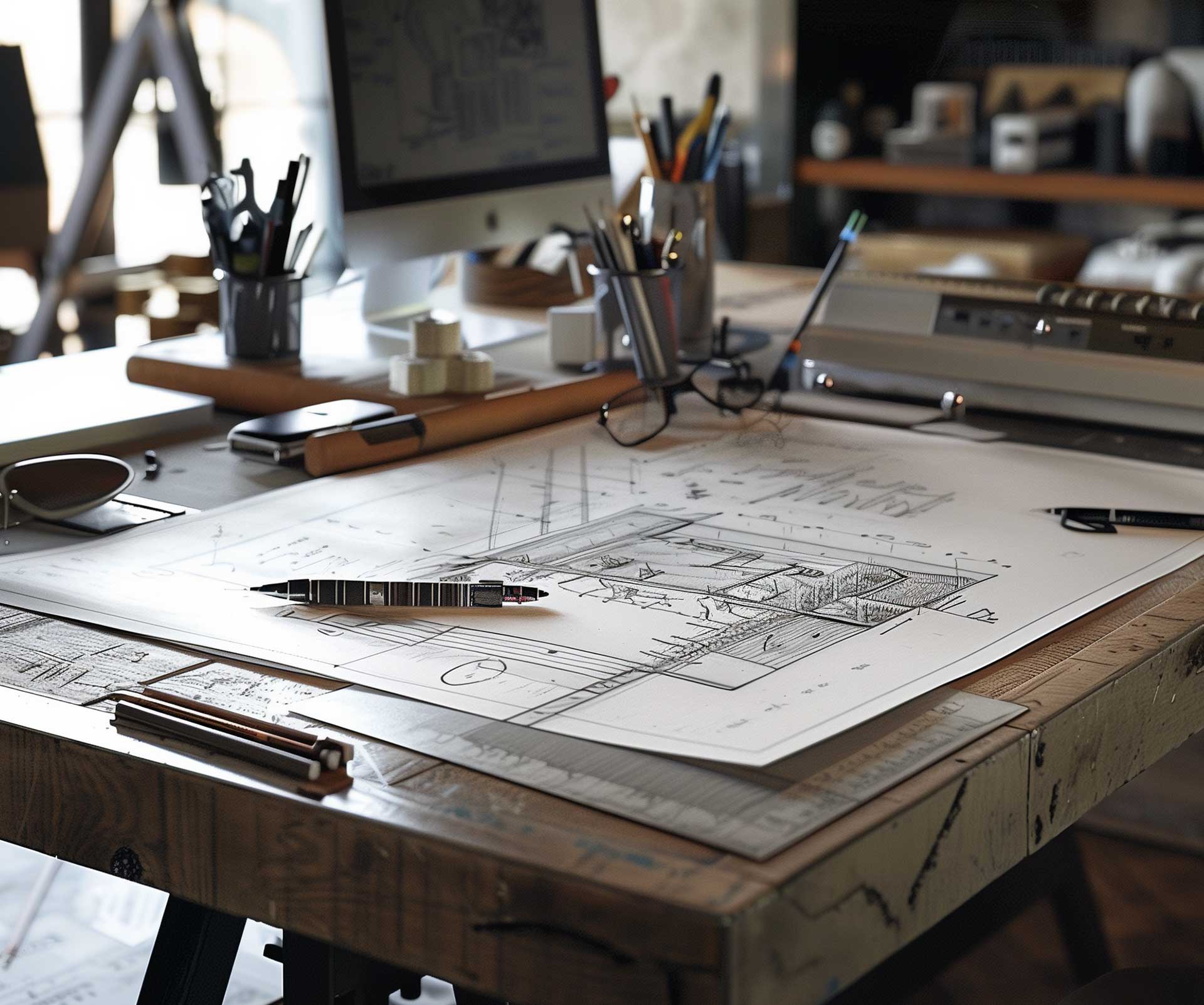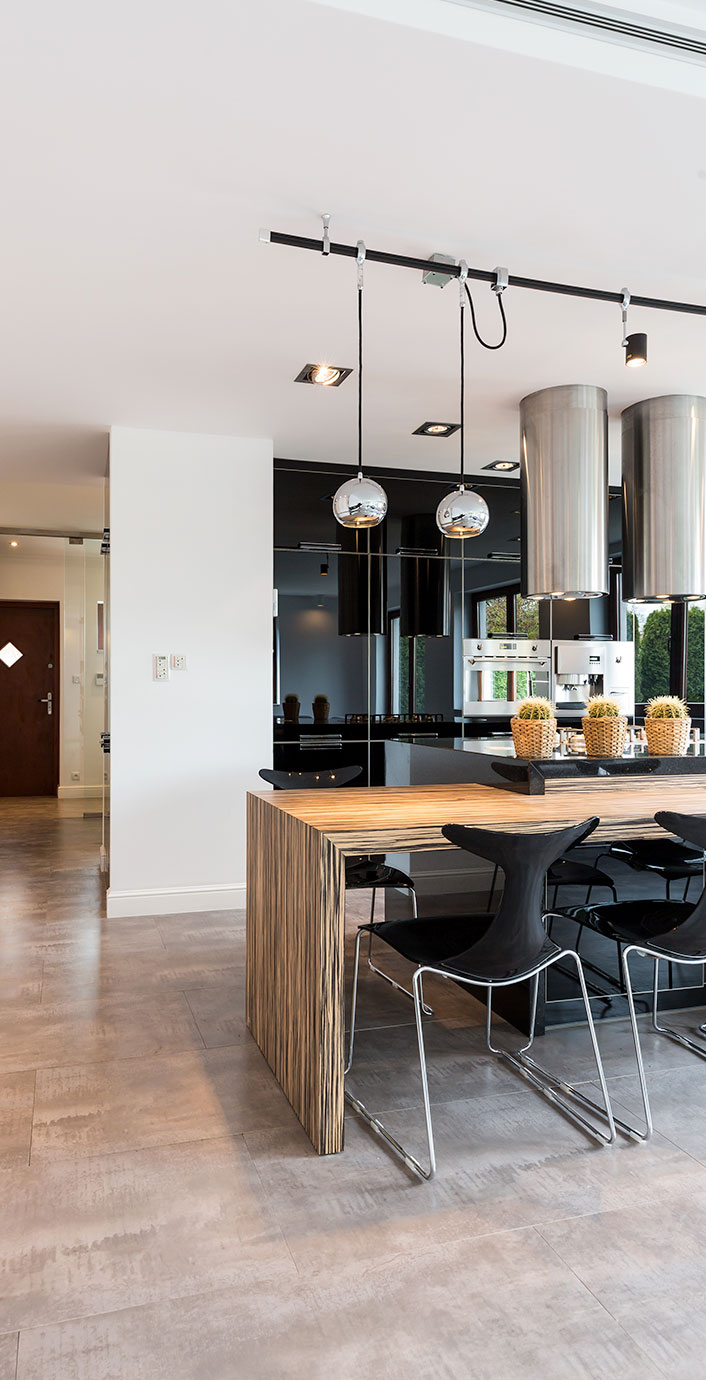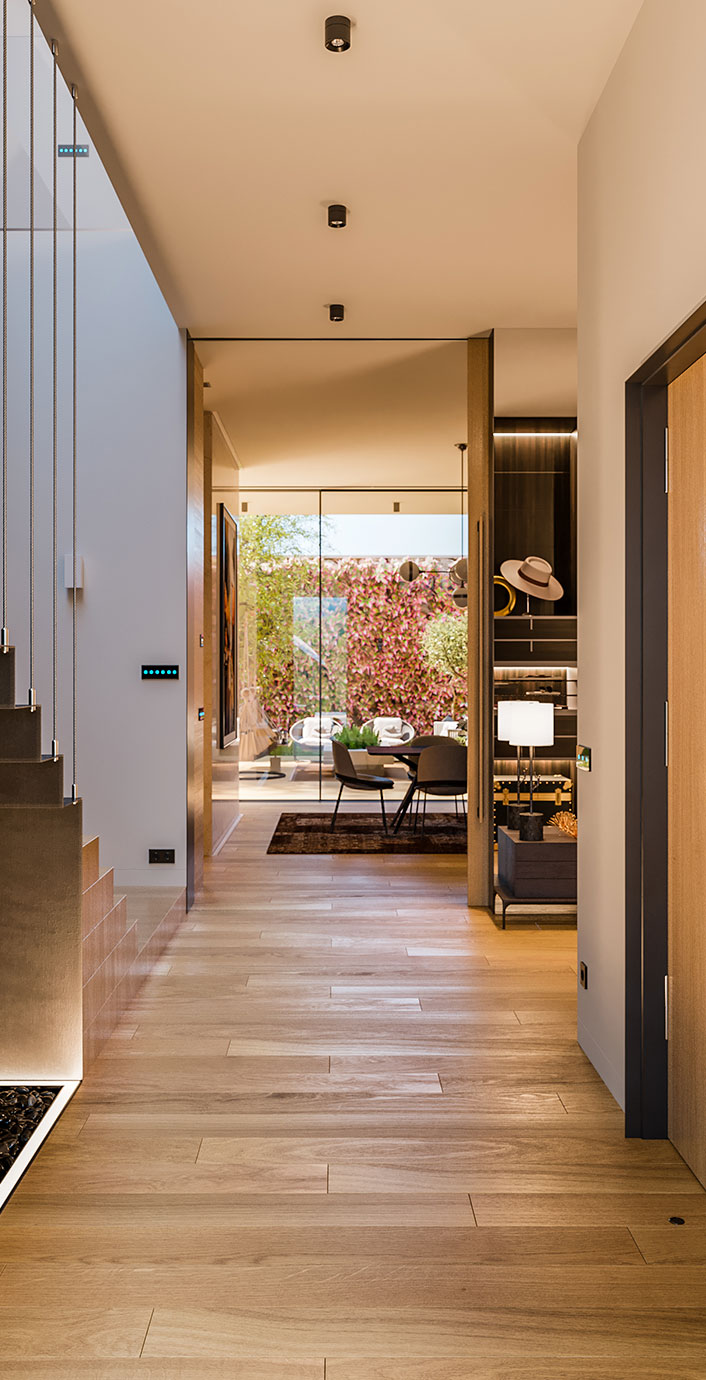Discover how materials like wood, stone, clay, and straw can make your home not only more beautiful, but also healthier, more energy-efficient, and sustainable.
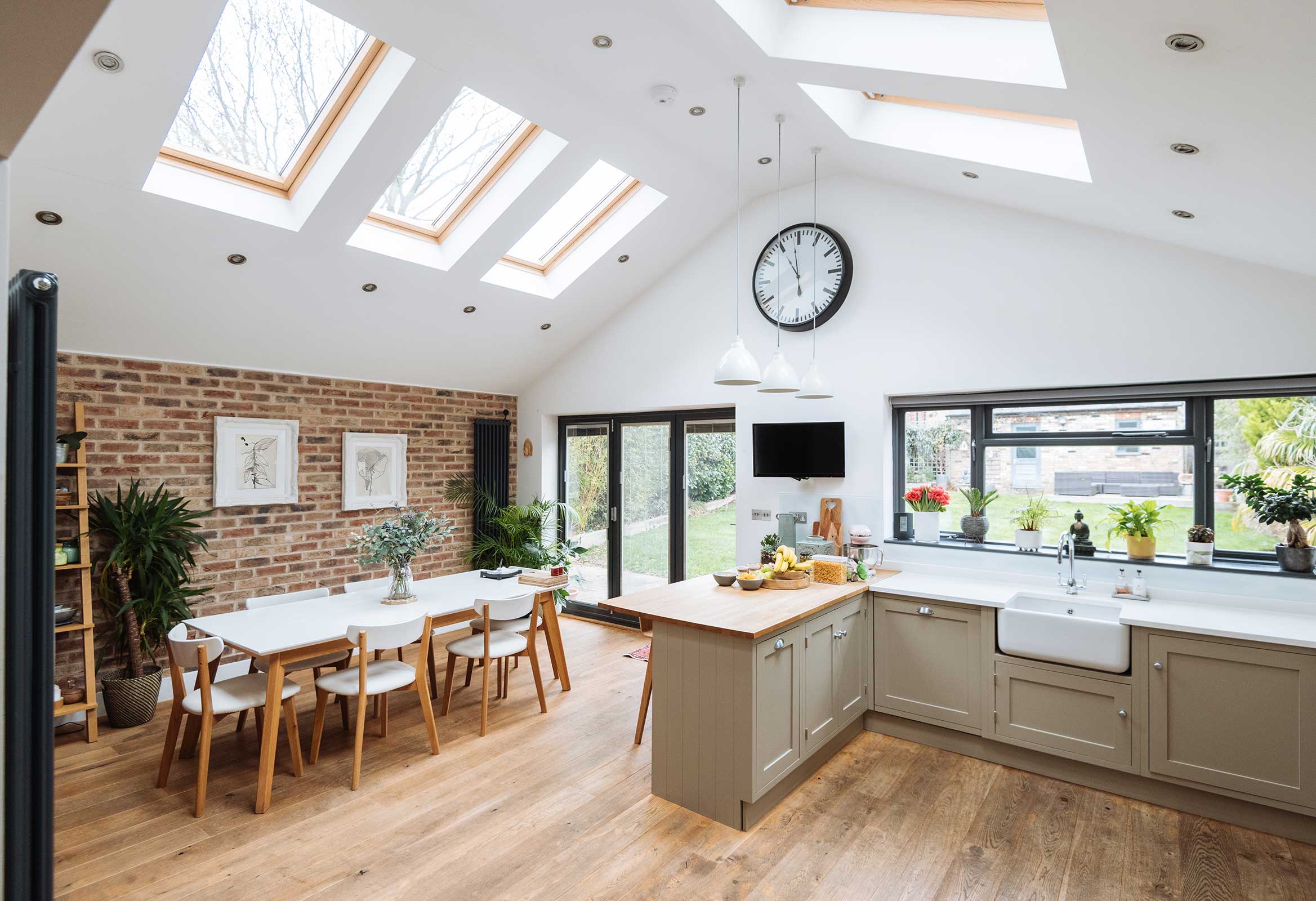
Why Natural Feels Right
There’s a quiet shift happening in how we think about our homes. More and more people are moving away from synthetic, overly processed materials and returning to the real stuff—wood, stone, clay, straw. And honestly, it makes sense.
Natural materials don’t just look good—they feel good. They connect us to something deeper: the land, tradition, and a slower, more intentional way of living. There’s a grounding quality to them, a texture and presence that can’t be replicated by factory-made surfaces.
Natural Materials Look Better and Age Beautifully
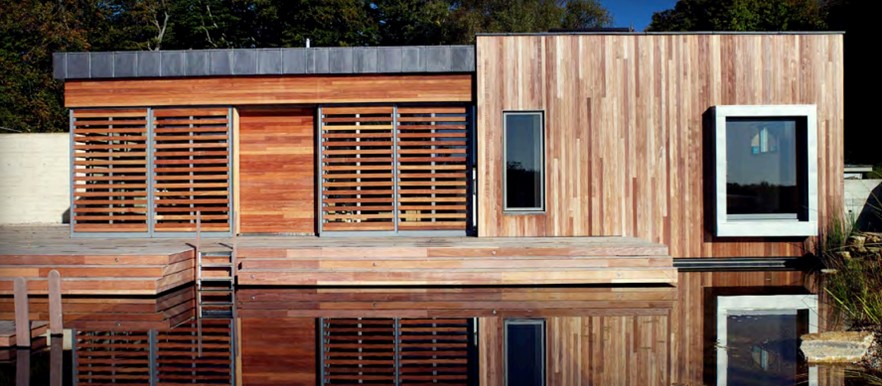
There’s a reason people are drawn to exposed beams, stone fireplaces, and handcrafted clay walls. Natural materials have depth, texture, and warmth. They don’t try to imitate anything—they simply are what they are. And that authenticity makes a difference.
Even better, these materials tend to age gracefully. Wood deepens in colour. Stone weathers beautifully. Clay walls take on subtle character over time. It all adds up to a home that doesn’t just stand the test of time, but grows more beautiful with it.
Unlike synthetic finishes, which often show wear quickly and need replacing, natural finishes evolve. A wooden floor, for example, might pick up the marks of life—scratches, patina, subtle changes in tone—but instead of looking tired, it tells a story. A limestone wall gradually softens in tone, reflecting the passage of seasons and time. It’s a kind of beauty that can’t be rushed or manufactured.
Design tip: Combining different natural textures—like polished wood, rough stone, and smooth clay—can create a layered, harmonious feel in any space. Let the imperfections show—they’re often what makes a space feel truly alive.
A Healthier Home Starts with What It’s Made Of
The materials used in your home affect more than just its appearance—they influence the air you breathe every day. Many conventional products release volatile organic compounds (VOCs) and other chemicals into the air over time, which can contribute to headaches, fatigue, and allergies.
Natural materials, on the other hand, are typically low in toxins and support a healthier indoor environment. Clay plaster helps regulate humidity and resists mold. Solid wood, when untreated or naturally finished, doesn’t off-gas harmful substances. Natural insulation options—like sheep’s wool or cellulose—are safe to install and live with.
Even the way natural materials interact with your body can make a difference. Bare feet on warm wood, the tactile quality of stone under your fingers, the soft acoustics of a limewashed wall—they’re subtle things, but they matter. They help reduce sensory overload and create a space where your body can truly relax.
If you’re seeking a healthier space for yourself and your family, these materials are a sound investment. You’ll likely feel the difference without even being able to put your finger on why.
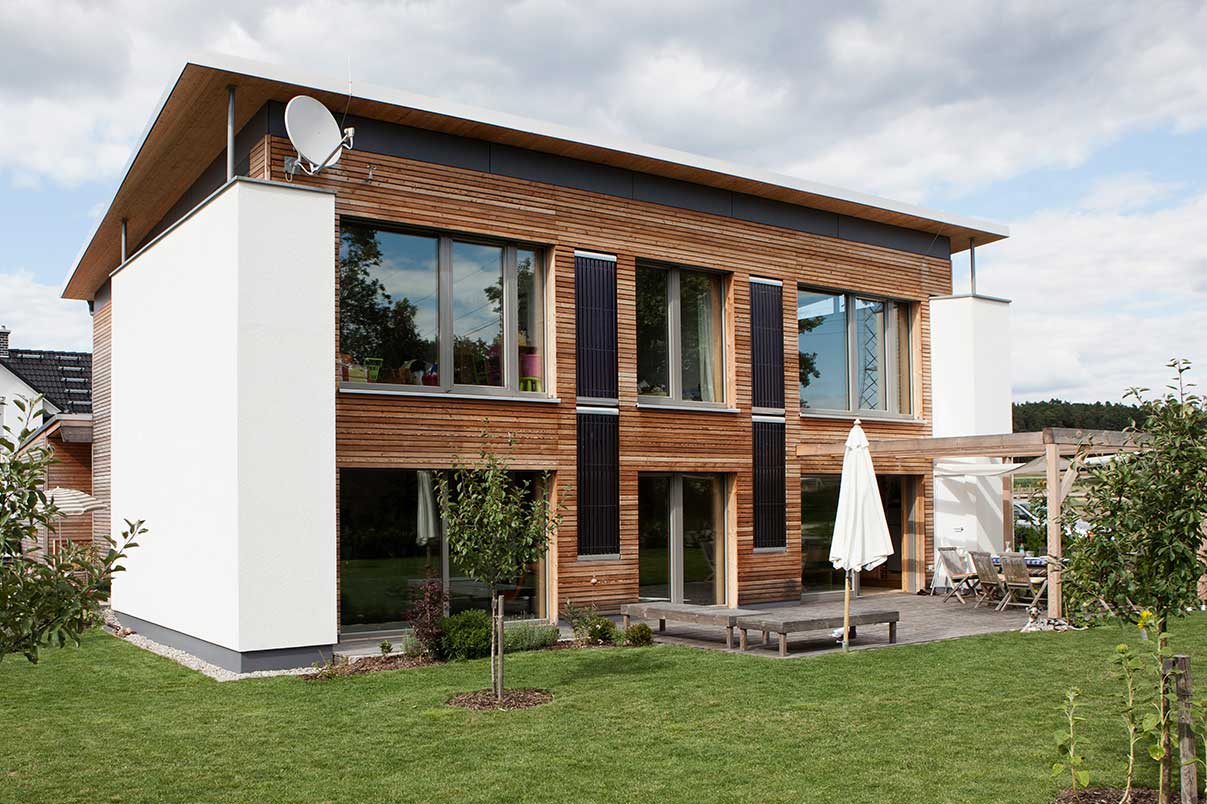
Building with Nature Is Kinder to the Planet
When sourced responsibly, natural building materials are some of the most sustainable options available. They require less processing, generate less waste, and can often be sourced locally—reducing the environmental footprint of construction from the very beginning.
Wood, especially from certified sustainable forests, is renewable and stores carbon throughout its life.
Clay and straw are biodegradable, widely available, and require minimal energy to process.
Stone is incredibly durable and can often be used for generations without replacement.
Bamboo is fast-growing and a strong alternative to hardwood in the right climate.
Another benefit: natural materials often come with less packaging and lower transportation emissions. Local stone or timber doesn’t need to be shipped halfway around the world. Straw bales from a nearby farm don’t require industrial processing.
And when these materials reach the end of their life? They break down harmlessly—or better yet, they can be reused, repurposed, or returned to the earth.
Sustainability tip: When possible, use reclaimed materials and look for suppliers who prioritise ethical sourcing and minimal packaging. Don’t be afraid to ask questions—transparency is key.
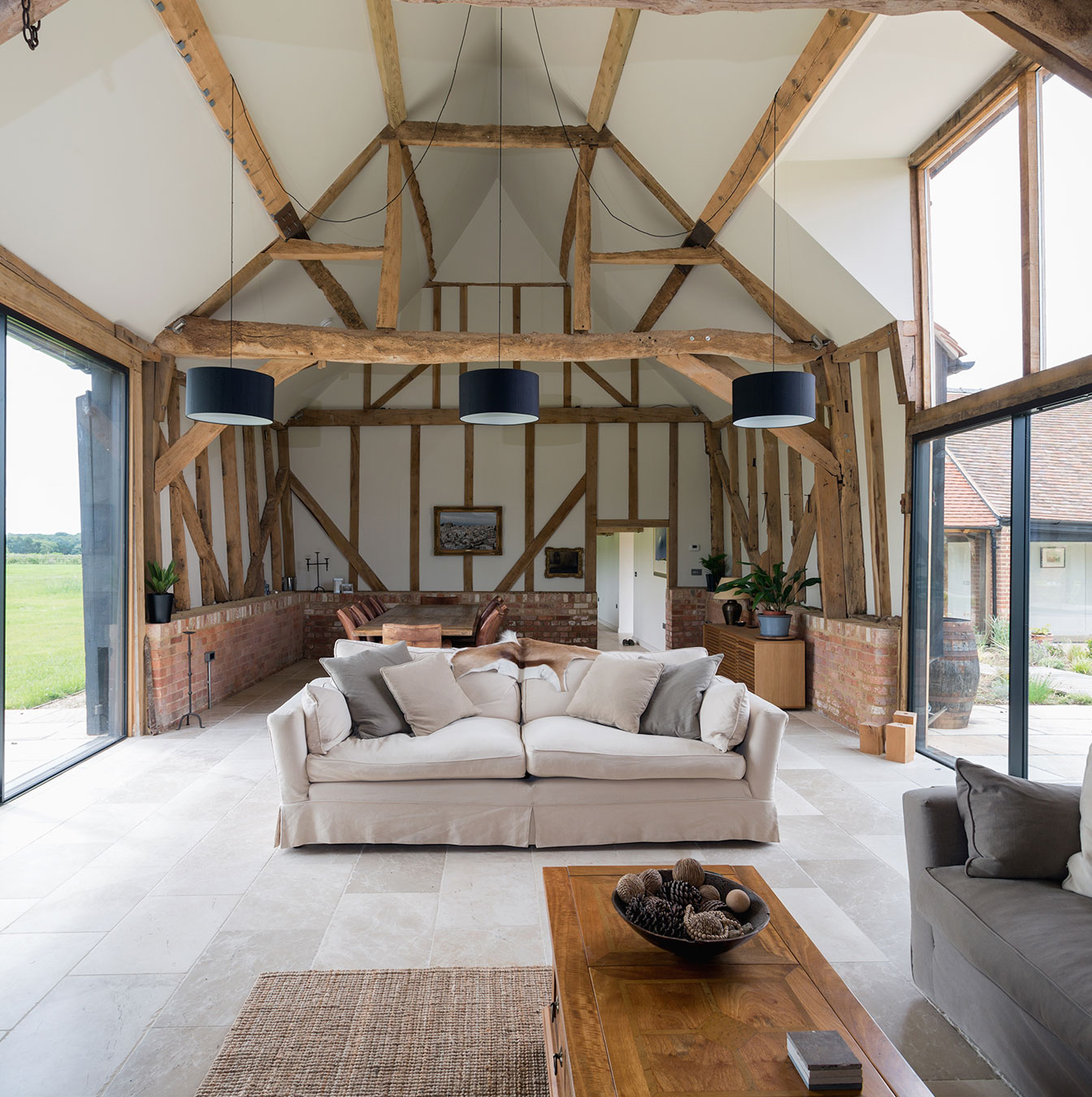
Stay Comfortable Year-Round (Without Overworking the Thermostat)
Natural materials contribute to better energy efficiency by helping to regulate both temperature and humidity within a home. They don’t just insulate—they breathe and respond to the environment.
For example, thick stone or earthen walls absorb heat during the day and release it slowly at night, helping to stabilise temperatures naturally. Insulation made from sheep’s wool, hempcrete, or dense-packed cellulose is not only effective but also maintains a comfortable indoor climate by managing moisture and air flow.
Humidity control is another underrated benefit. Clay and lime plasters help balance moisture levels in the air, which not only improves comfort but also protects furnishings and prevents mold. These kinds of subtle, passive climate controls reduce the need for mechanical systems, lowering energy bills and your environmental impact over time.
This means a home that stays cooler in summer, warmer in winter, and more consistent throughout the year—with less reliance on artificial heating and cooling.
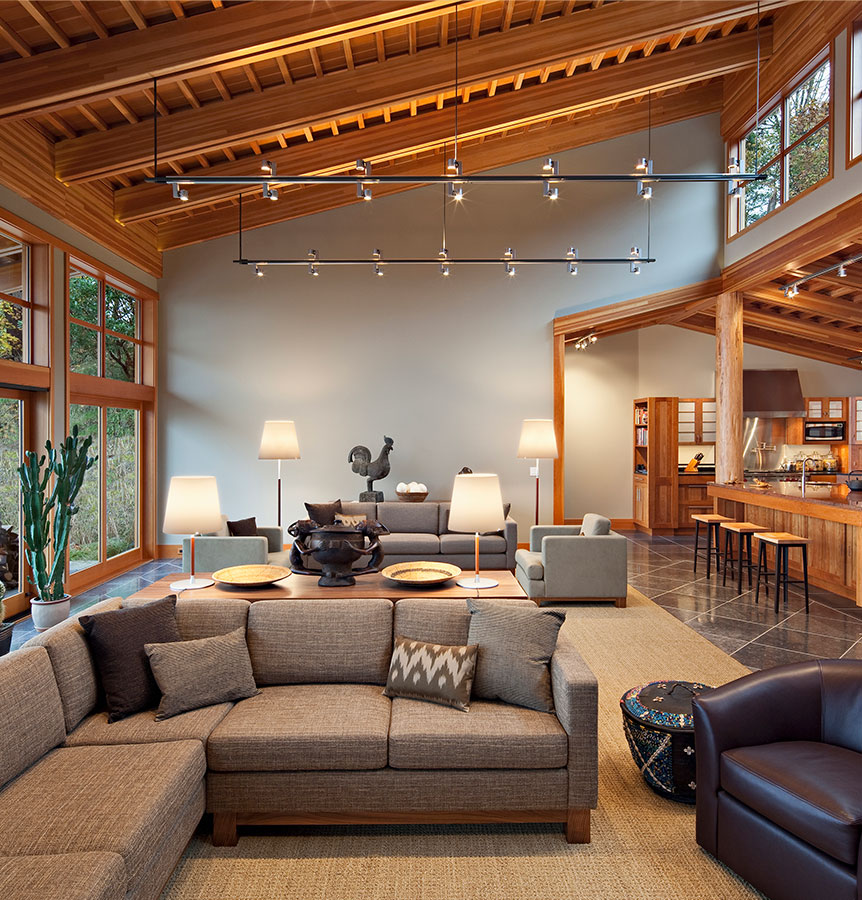
Built to Last and Easy to Repair
Natural materials are remarkably durable. Many traditional homes built with timber, stone, or cob have stood for centuries. These materials hold up well over time and, when they do need attention, they’re usually easier to repair than synthetic alternatives.
Wood can be refinished or mended. Clay or lime plaster can be patched seamlessly. Stone rarely requires replacement and weathers in a way that adds character rather than detracting from it.
What’s more, natural materials often don’t rely on complex systems or layers of adhesives and coatings to perform. That makes them easier to maintain, more resilient over time, and far more forgiving when something goes wrong. With a little knowledge and a few tools, many repairs can even be done by hand.
This long-term resilience doesn’t just save money—it reduces waste and supports a more sustainable way of living.
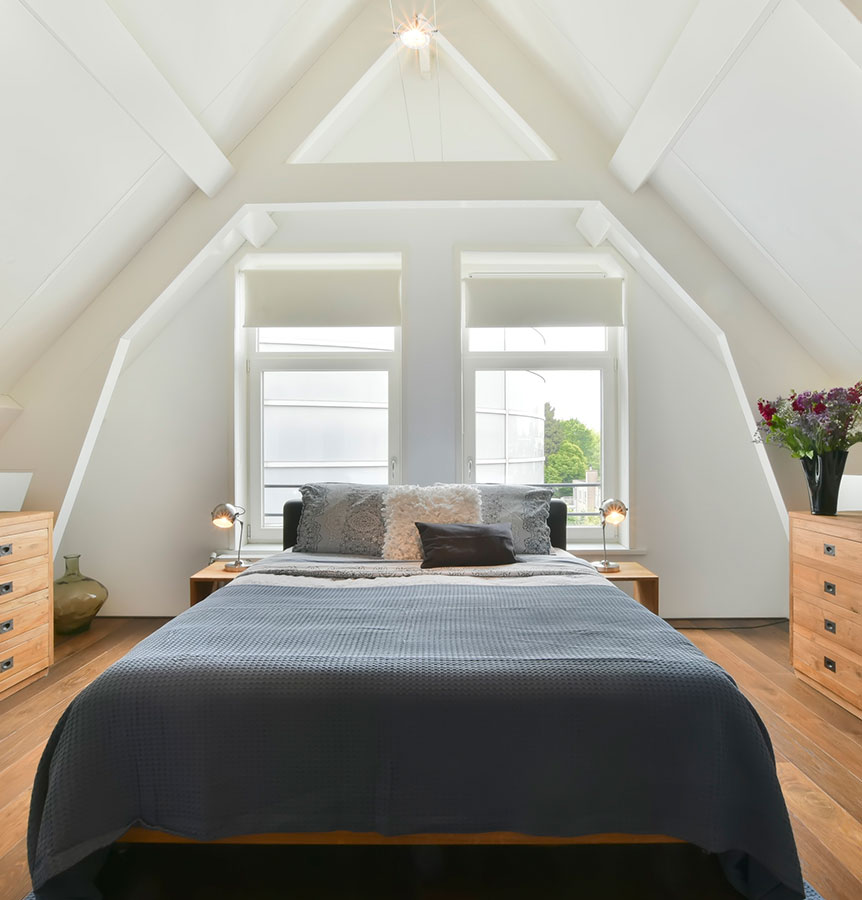
Supporting Local Skills and Traditional Craftsmanship
Working with natural materials often means working with skilled local tradespeople—stonemasons, timber framers, plasterers—who understand how to use these materials properly and beautifully. These are time-honoured techniques, passed down through generations, and using them supports both your regional economy and the continuation of valuable traditions.
This collaboration between designer, builder, and material creates something far more meaningful than what you can get from a mass-produced, cookie-cutter process. There’s a narrative embedded in every notch of a hand-carved beam or curve of a clay-rendered wall.
There’s also the benefit of building with methods that have stood the test of time. In many cases, vernacular building traditions are deeply adapted to local weather, geography, and available resources—meaning they’re not just beautiful, they’re also highly functional and efficient.
Cultural note: In many parts of the world, local natural materials are also tied to vernacular architecture—building styles that evolved specifically to suit local climates and conditions. Embracing these methods can lead to a home that’s not only more beautiful but also more functional and sustainable.
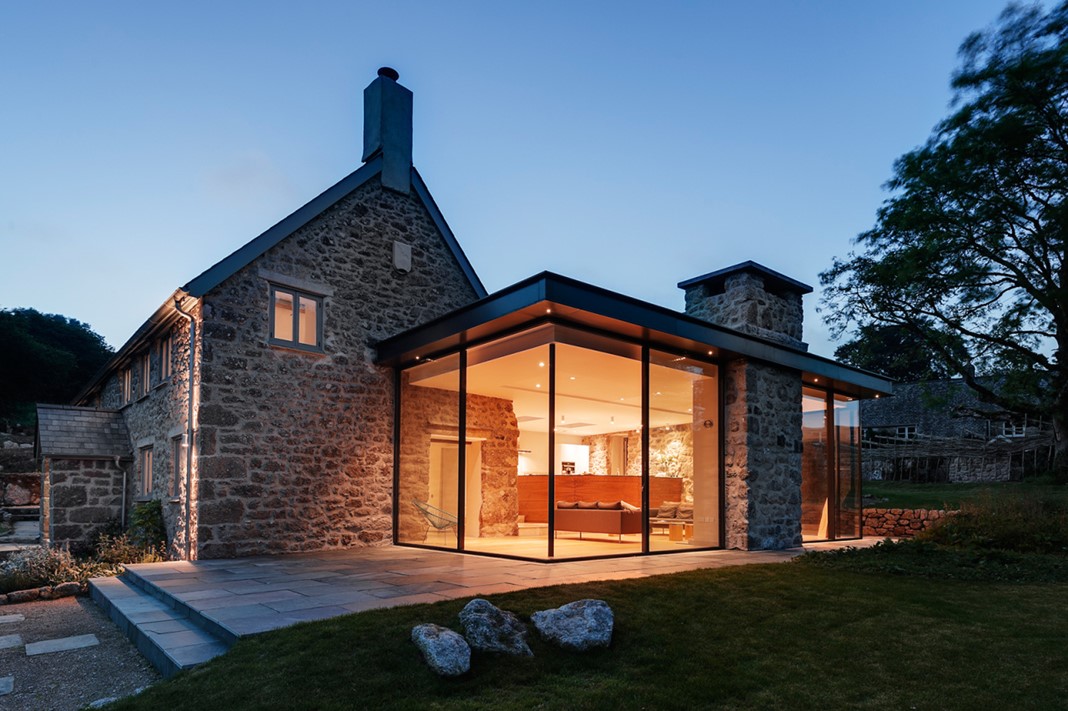
Homes That Feel More Alive
There’s an intangible quality to homes built with natural materials. They feel calmer, more grounded—more alive. Being surrounded by wood grain, stone textures, or earthen surfaces has a quieting effect. It reminds us, often without realising it, that we’re part of a much larger natural world.
Spaces that are built this way tend to slow you down. They invite you to linger. They support mental clarity and emotional wellbeing in subtle but lasting ways. It’s not about perfection—it’s about presence. A house that breathes, that changes with the light and the seasons, that wears its story on its sleeve, has a soul.
These materials help us slow down, breathe deeper, and feel more at ease. In a time when so many of us are overstimulated and overconnected, creating a home that offers a sense of peace can be deeply restorative.
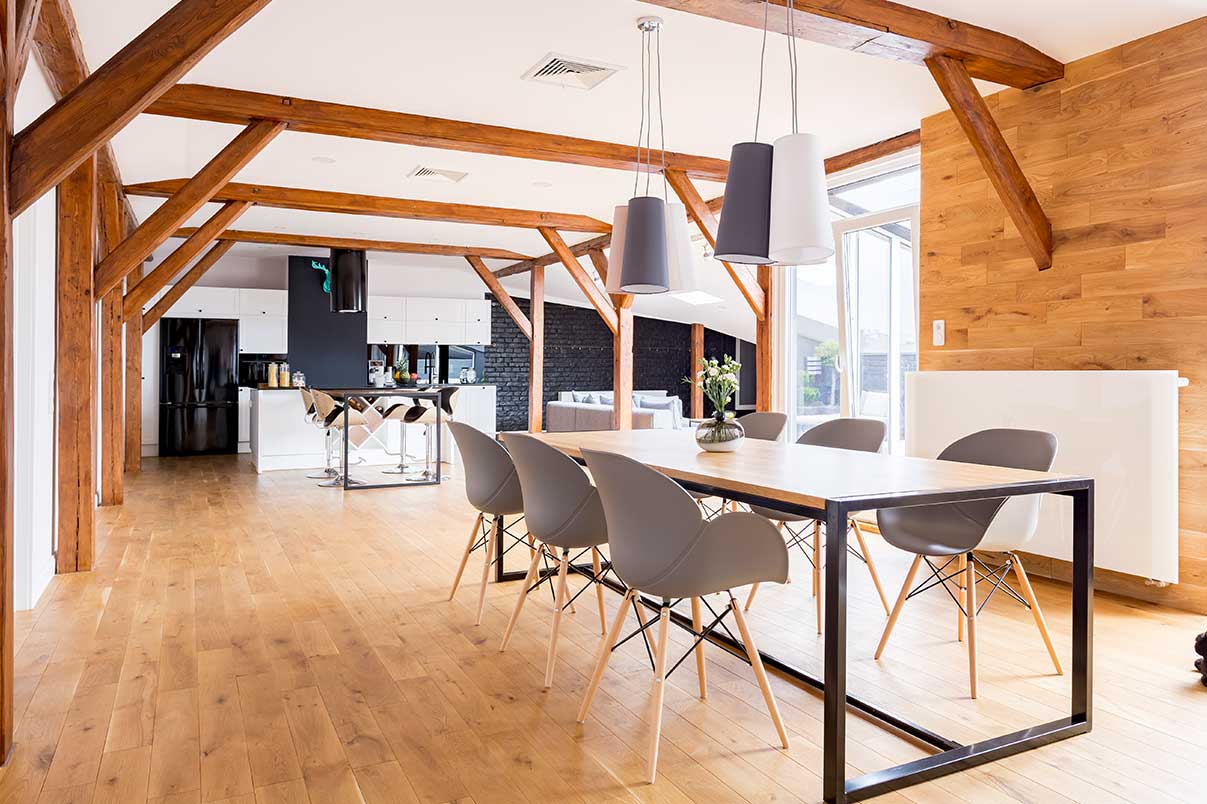
Easy Ways to Introduce Natural Materials Into Your Home
You don’t have to build a brand-new house to enjoy the benefits of natural materials. Here are a few small changes that can have a big impact:
- Flooring: Switch to hardwood, cork, or reclaimed wood.
- Walls: Try lime or clay plaster instead of traditional paint.
- Insulation: If you’re renovating, consider wool, hempcrete, or cellulose insulation.
- Cabinetry and furniture: Choose solid wood pieces with natural finishes.
- Decor: Incorporate woven baskets, linen curtains, or natural fibre rugs.
- Countertops: Consider butcher block, soapstone, or recycled natural stone.
- Lighting: Choose natural-fibre pendants like rattan, bamboo, or raw linen shades.
Even a few changes can dramatically shift the tone of a space—adding warmth, quiet, and a connection to nature that’s hard to replicate.
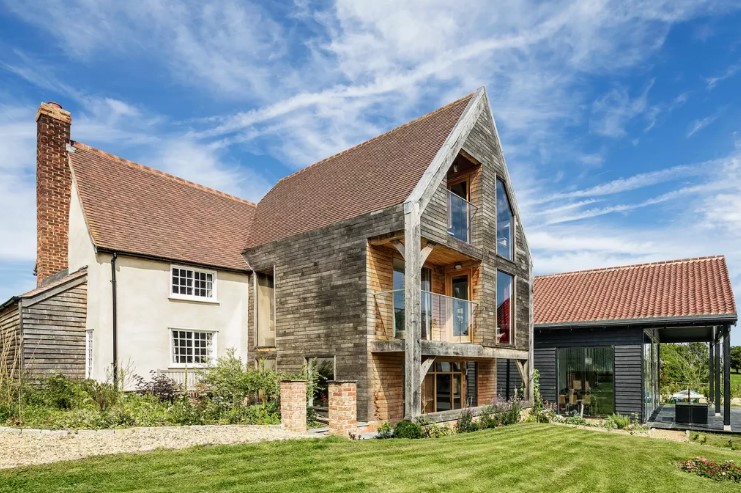
How GRK Architecture Can Help
We specialise in designing homes across Hampshire, Dorset, and Surrey that feel connected—both to the people who live in them and to the natural surroundings. If you’re thinking about using natural materials in your home, we can help you explore the right options for your space, your lifestyle, and your budget.
From timber-framed extensions in the Hampshire countryside to coastal renovations in Dorset and thoughtful home upgrades in Surrey, we work closely with you to make sure every detail feels intentional and aligned with the way you want to live. Whether it’s a full renovation or a smaller design project, we’ll help you create something that feels grounded, beautiful, and built to last.
We offer a free 30-minute consultation where we’ll learn more about your ideas and talk through how we can bring them to life.
Book your consultation here – we’d love to hear what you’re planning.

